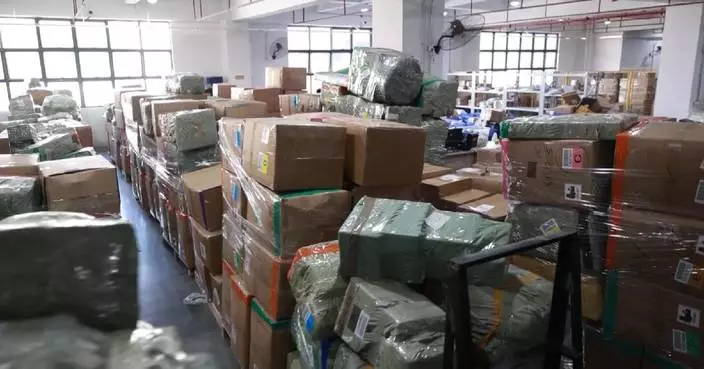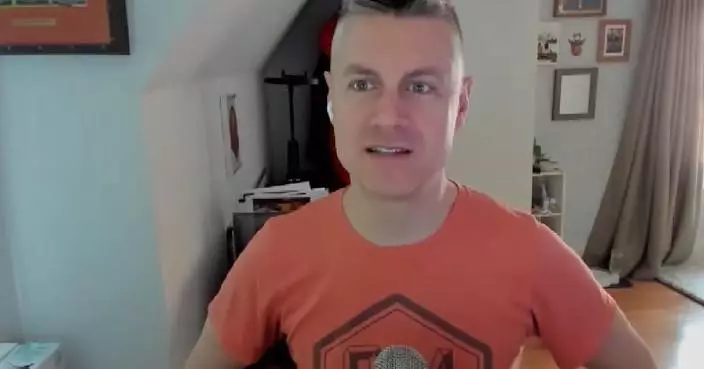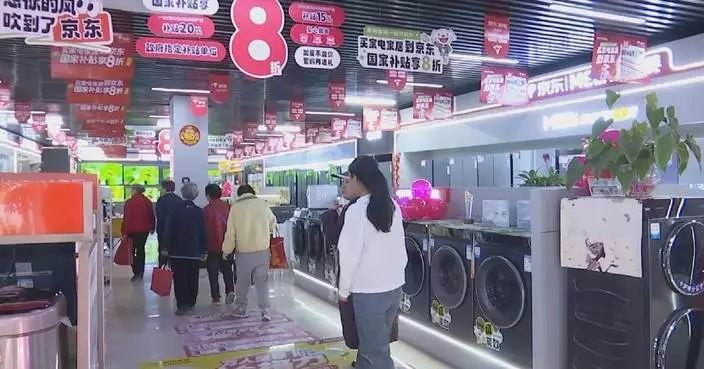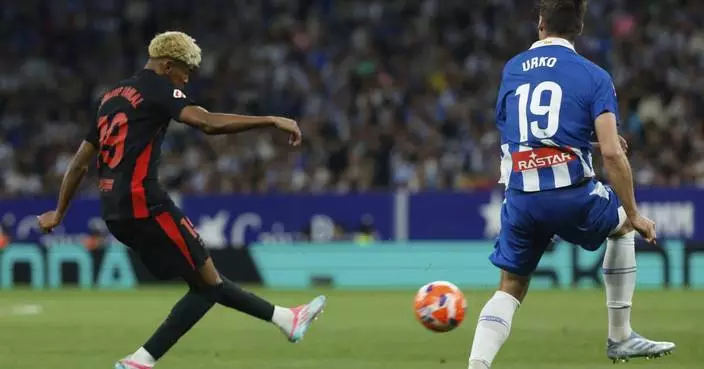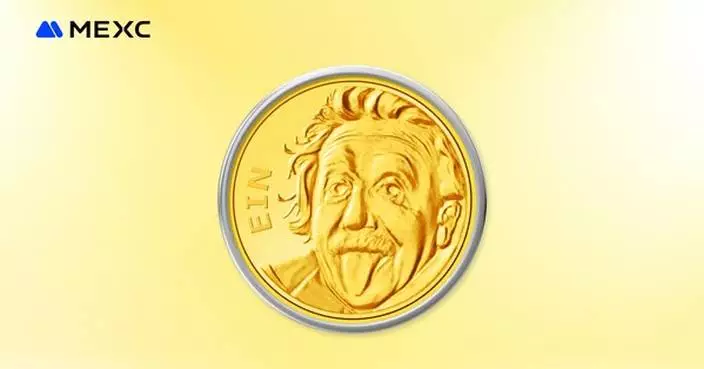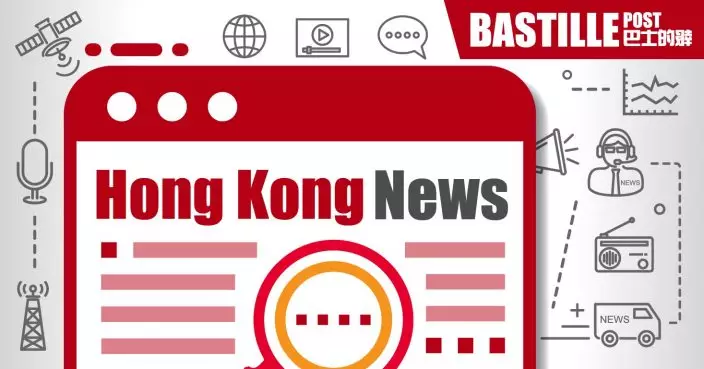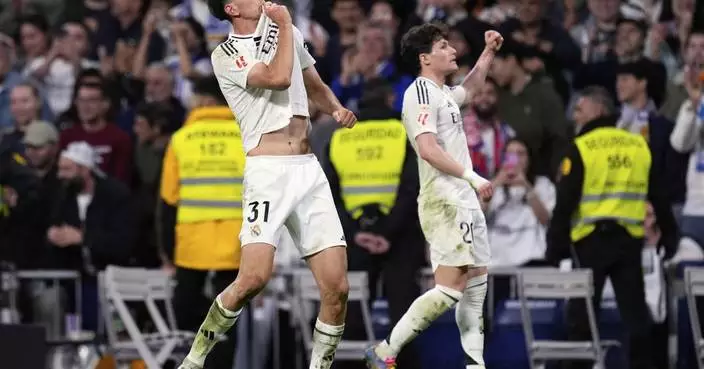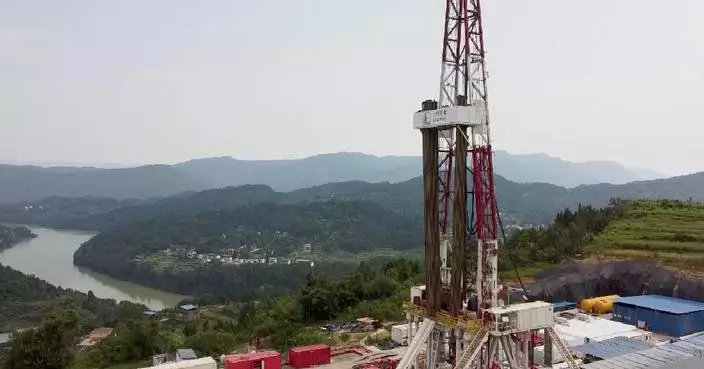The average price of newly harvested rice in Japan surged by 48 percent in September compared to a year earlier, driven by higher production costs and stronger market demand following a shortage, according to local media.
Until recently, rice had remained reasonably priced, even as food and commodity prices continued to rise.
However, the price of rice, Japan's staple food, has surged significantly, impacting both households and food businesses, with growing concerns that these elevated prices could persist.
Yoshiki Nakao, the owner of an Onigiri store in central Tokyo, expressed concern that the price of rice—a crucial ingredient in Onigiri, Japan's popular rice balls—will remain high.
"There is a sense of crisis. The price of rice has risen by nearly 1,000 yen (about 6.55 U.S. dollars) per five kilograms compared to last year. So, we are doing our best to adjust prices," he said.
In its latest consumer price index report, Japan's Ministry of Internal Affairs and Communications revealed that rice prices climbed by 44.7 percent year-on-year in September, marking the largest increase since September 1975.
The rise has been attributed to shortages caused by extreme summer heat and by wholesalers hoarding rice in anticipation of a potential earthquake in August.
The country's Agriculture ministry forecasts that private-sector rice inventories will rise to 1.62 million tons by June 2025, up from the all-time low of 1.53 million tons a year earlier.
Despite expectations for an eventual rebound in supply, experts believe that rice prices will remain elevated.
"Since the outbreak of the COVID-19 pandemic, Japan's overall price levels rose, but rice prices remained stable. At that time, it was hard for rice prices to increase, but with recent shortages, prices have skyrocketed. Even if supply improves, prices are unlikely to fall back to last year's levels," said Masayuki Ogawa, an assistant professor in the Department of Agricultural Economics at Utsunomiya University's School of Agriculture.
Some experts argue that rice prices have been too low for a long time and are now merely adjusting to align with the price increases seen in other commodities.
"In Japan, rice farming is primarily family-run. Because these family businesses lack the resources of larger corporations, they often accept lower prices during negotiations. As a result, rice prices have struggled to rise, even as prices for other goods have soared. The current shortage, though unfortunate, has provided an opportunity for prices to increase," the professor explained.
Experts suggest that rice prices are likely to stabilize at current levels, though the unpredictability of recent climate events makes future projections uncertain.
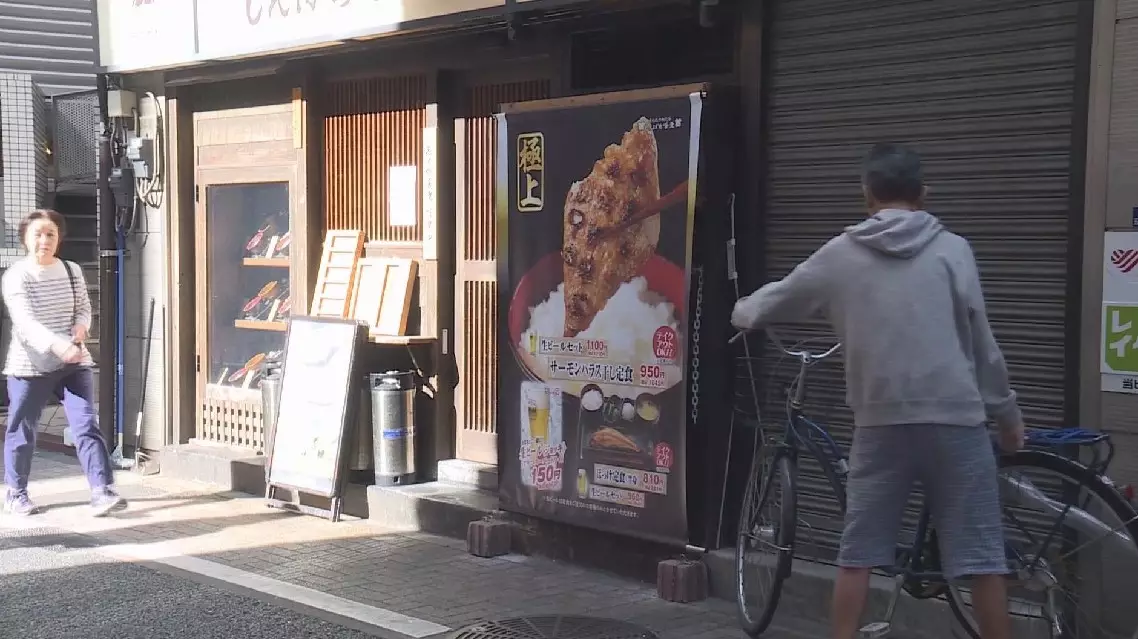
High production costs, shortages drive up rice prices in Japan





